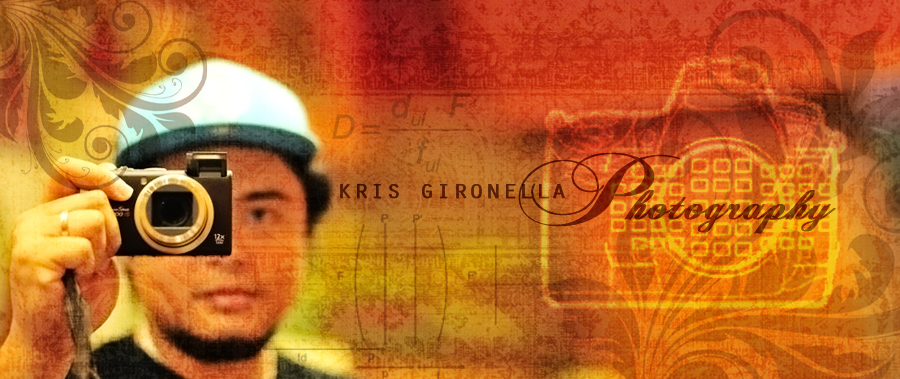Ever get tired of out of focus photos where the nose of the subject is clearer than the eyes or a portrait where the shoulder is sharper than the face? Imagine no more out of focus photos. You can decide which part of the photo you want to focus at. Sounds like science fiction right? Few of us know that the technology already exists. It's just 3 months ago when my friend send me a link discussing the Plenoptic Lens Tecnology from Adobe, yes the maker of Lightroom and Creative Suite you can't only just post process the exposure, white balance, noise, etc. but also the focus. Yup this is not a joke it's real and it's here.
Here's a demo of how the thing works.
*Video courtsey of Laptop Magazine.
Here's a diagram of how the thing works:
"With traditional or current generation cameras, a ray of light enters the lens and gets recorded on a specific spot, as illustrated above."
*Photo courtsey of Laptop Magazine.
"Plenoptic lens adds magic to it, the same light ray passes through several lenses before making it to the sensor, so it’s getting recorded from several different perspectives."
*Photo courtsey of Laptop Magazine
The actual size of plenoptic lens - consist of tiny lenses. Light data passes through the plenoptic lens before it reaches the sensor (refer to diagram above).
*Photo courtsey of Laptop Magazine
Now the question is what camera can do this kind of mind boggling technology? A Plenoptic lens and sensor - that is the obvious answer but how does it actually works? A pre calculated aperture settings from minimum up to the maximum F stops giving you different depth of fields. We all know that raw is amazing in storing detailed color data but storing DOF on a file is just too much for me to handle (for a few seconds) then I realized it's possible. If only there is a sensor and lens that can capture multiple layers of DOF settings in one file then post determine where to focus after shooting the photo.
The Raytrix is a camera company from Denmark that answers all these mind boggling questions. Their so called 4D cameras are now out in the market. I will not get into details about the camera models 'cause I'm not in the position to do so. I'm still new to this technology and still figuring out how they manage to pull this thing off.
"Raytrix-R5 4D lightfield-camera"
Photo courtesy of www.raytrix.de
Raytrix Technology
Refocus Demo - You can see here a sample on how you can post adjust the focus of your photo.
Multiview Demo - Here you can see how the camera angle change from point A to point B on your photo. The change is not that drastic but still it's quite amazing how this things work.
*All links courtesy of www.raytrix.de
The new technology we are facing will definitely change our views in how we practice photography. Before it's OK to shoot (if time does't permit) over/under exposed photos as long as it's raw so you can post adjust it afterwards in Lightroom or Aperture. Now you can also adjust the view and the focus. There is nothing left for the photographer to do but to press the shutter release or there is more to the technology than just making our lives easy. It seems to be promising and definitely ahead of our time. This will make photography process even faster where every one will just point and shoot literally. Does this take the fun out of photography? It's just too darn easy. The answer lies to the end user of this technology. Let's give it a few years then we'll see how it goes.
It seems like this technology is only targeted on high-end medium format digital cameras like Hasselblad, Phase One, Contax, Raytrix, etc. I’m wondering if it will make its way to our APS-C cropped and 35mm full-frame sensors. Let’s wait and see.
It seems like this technology is only targeted on high-end medium format digital cameras like Hasselblad, Phase One, Contax, Raytrix, etc. I’m wondering if it will make its way to our APS-C cropped and 35mm full-frame sensors. Let’s wait and see.





No comments:
Post a Comment